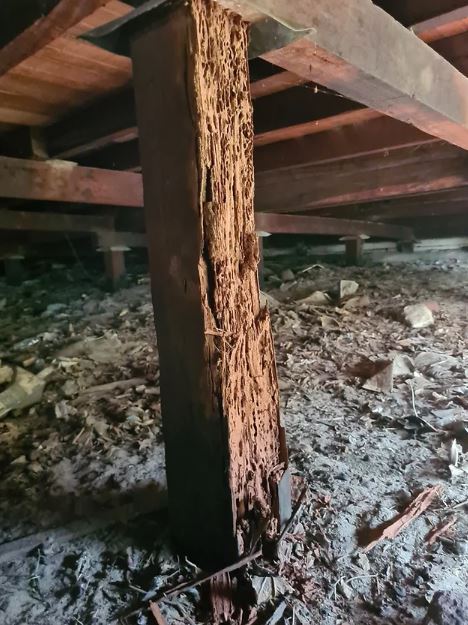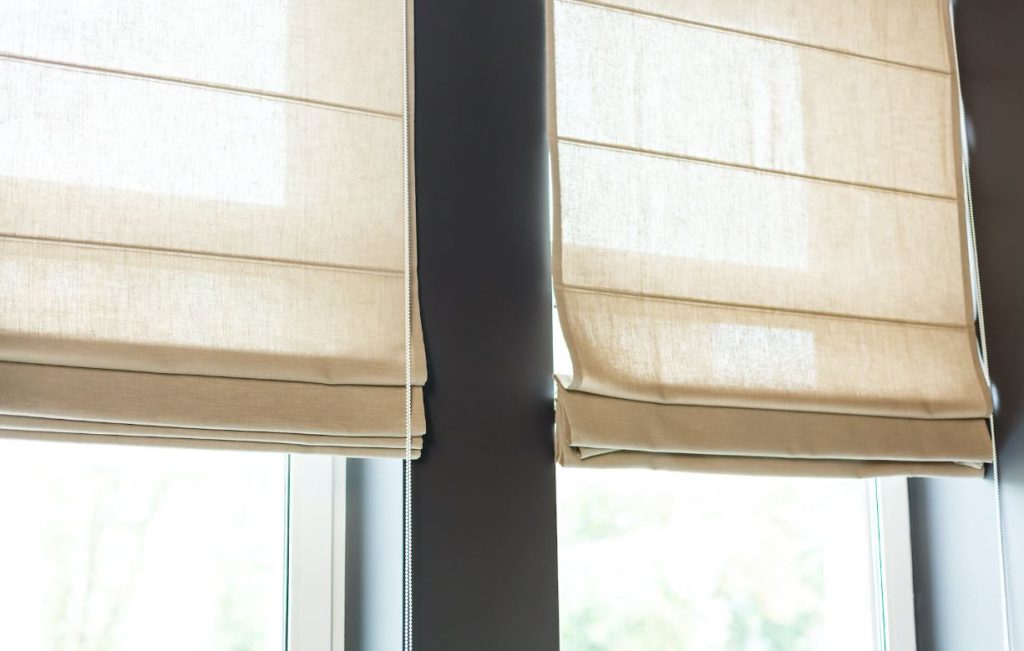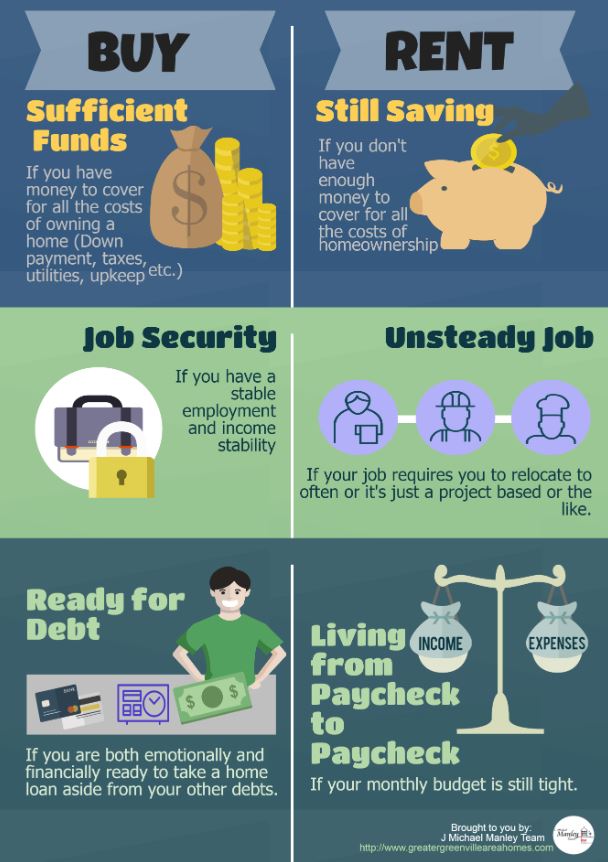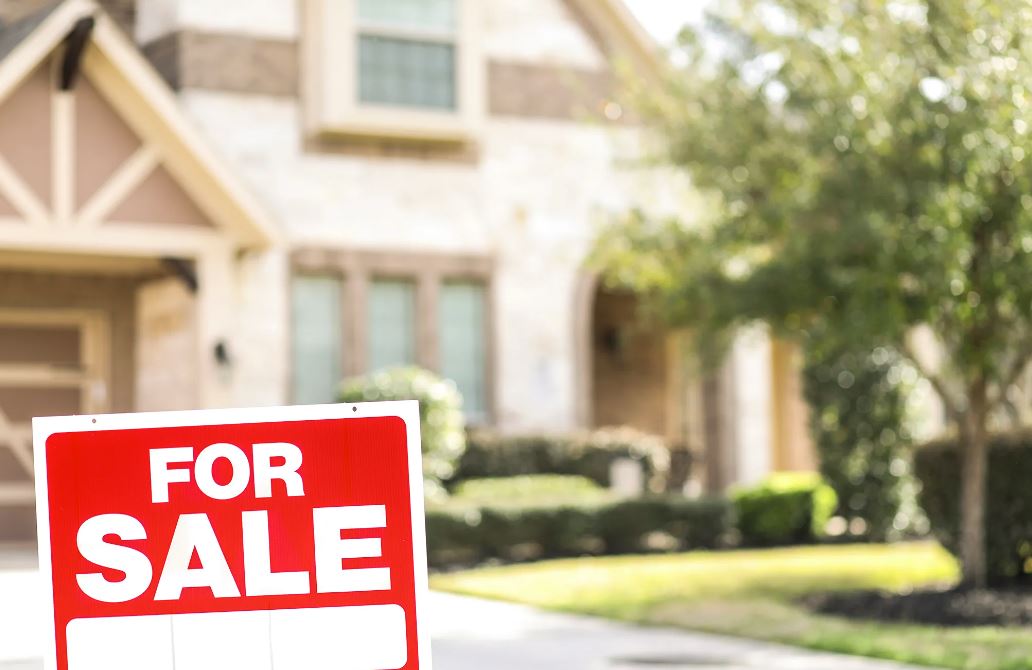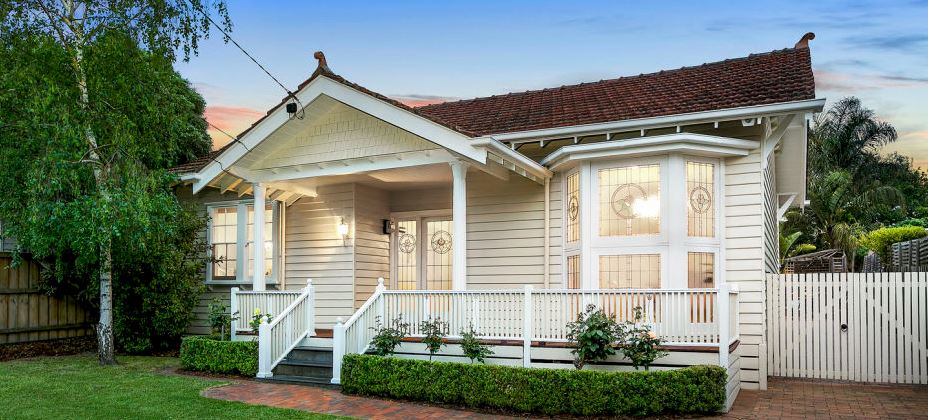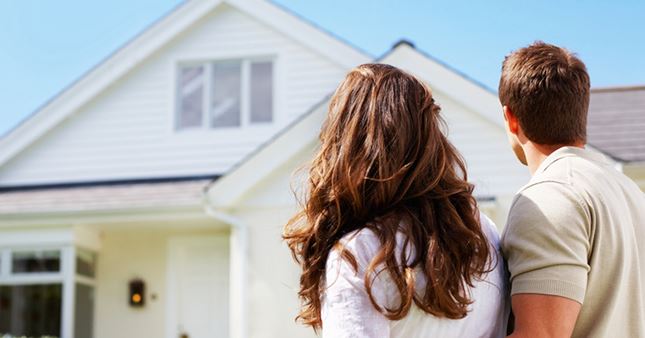Buying an older home can be an attractive option for many reasons: the charm, character, and often more robust construction are just some qualities that may draw you in. However, these vintage homes may have unwanted “extras,” such as asbestos. If you’re unfamiliar with asbestos, it’s a mineral that was commonly used in various construction materials up until the late 20th century, thanks to its fire-resistant and insulating properties. While it seemed like a miracle material, asbestos exposure poses serious health risks, including asbestosis, mesothelioma, and lung cancer.
The purpose of this article is not to alarm you but to educate you. Whether you’re a first-time homebuyer, a real estate investor, or someone interested in older homes, it’s crucial to understand what asbestos is, where it can be found, and how to deal with it. In the following sections, we will delve into the asbestos health risks, how to identify it in a home, the legal implications of buying a property containing this material, and what remediation options are available.
By the end of this article, you’ll be equipped with the knowledge you need to make an informed decision about purchasing an older home that may contain asbestos or how to manage it if you already live in one. Knowledge is power; in this case, it could also be a lifesaver.

What Is Asbestos?
Asbestos is a group of naturally occurring silicate minerals composed of thin, fibrous crystals. These fibres are highly durable, resistant to heat, and non-conductive, making them ideal for a variety of industrial applications.
There are six primary types of asbestos, but the most commonly used are chrysotile (white asbestos), amosite (brown asbestos), and crocidolite (blue asbestos). Each type has its unique properties and potential health risks, but all are considered hazardous to human health when fibres are inhaled or ingested.
Asbestos is known for its fire resistance, sound absorption, and insulating properties. It’s also highly resistant to electrical conductivity, chemicals, and water. These features made it a popular choice for a variety of construction materials, ranging from ceiling tiles to pipe insulation.
Why Was Asbestos Used in Homes?
During the 20th century, particularly between the 1930s and 1970s, asbestos was hailed as a “wonder material” for construction. Its versatility meant it was used in everything from insulation and roofing materials to fireproof suits for firefighters.
Asbestos was primarily used for fireproofing and insulation. Its heat-resistant properties made it ideal for use around anything that could get hot or catch fire. For example, it was commonly used in attic insulation, around wiring, and in other fire-prone areas. Additionally, its soundproofing qualities made it attractive for ceilings and walls.
By the late 20th century, the health risks associated with asbestos became increasingly evident. Researchers found that exposure to asbestos fibres could lead to a variety of lung conditions and cancers. Regulations started coming into place, severely restricting its use in construction and leading to its complete ban in many countries.
Health Risks Associated with Asbestos
Short-term asbestos exposure generally does not show immediate symptoms, which is part of what makes it so dangerous. The health effects often take years or even decades to manifest.
Asbestosis
Asbestosis is a chronic lung disease caused by the inhalation of asbestos fibres. It can cause severe shortness of breath, coughing, and respiratory failure.
Mesothelioma
Mesothelioma is an uncommon yet highly aggressive cancer that mainly targets the linings of the lungs and abdominal cavity. Its primary cause is almost always exposure to asbestos.
Lung Cancer
Exposure to asbestos has also been connected with lung cancer, a risk that is particularly heightened for smokers. The synergistic effect of both smoking and asbestos exposure considerably amplifies the likelihood of developing this disease.
Who Is Most at Risk
Occupational exposure is the most common way people come into contact with asbestos, but anyone living in an older home with deteriorating asbestos-containing materials is also at risk. Children, the elderly, and individuals with preexisting respiratory conditions may be more susceptible to the harmful effects of asbestos.
Where Can Asbestos Be Found in Older Homes?
Common Locations
Asbestos can often be found in:
- Ceiling tiles: Particularly those installed between the 1950s and 1980s.
- Pipe insulation: Common in basements or mechanical rooms.
- Flooring: In vinyl tiles and the adhesive materials beneath them.
- Siding: Particularly in homes built between the 1920s and 1980s.
Less Common Locations
While these are the most common locations, asbestos can also be found in less obvious places like:
- Wallpaper adhesive: Certain older wallpapers used adhesives that contained asbestos.
- Electrical wiring insulation: Especially in homes built before the 1970s.
- Older appliances: Some appliances like ovens and toasters used asbestos for its heat-resistant properties.
Knowing where asbestos is likely to be located can help you decide whether to proceed with a purchase or how to manage it if you’re already living in an older home. Always consult professionals for asbestos identification and remediation. Visit www.aceasbestosremovalbrisbane.com.au for details.
By understanding what asbestos is, its historical context, associated health risks, and where it can be found in older homes, you’re better equipped to make an informed decision about your property. Whether you’re looking to purchase an older home or are concerned about the one you’re currently in, awareness is the first step towards ensuring your safety and that of your family.
How to Identify Asbestos in Homes
You can’t determine if a material contains asbestos just by looking at it. However, you can be suspicious of friable materials (easily crumbled by hand), especially if they are old and deteriorating. Any damaged materials in older homes, like cracked floor tiles or crumbling pipe insulation, could be a red flag.
If you suspect your home or a home you’re interested in buying has asbestos, it’s crucial to call in a qualified inspector. These professionals have the tools and expertise to identify asbestos-containing materials properly and can guide you on the next steps.

While there are DIY asbestos testing kits available, they come with risks. Improper sampling can release asbestos fibres into the air, putting you at risk. These kits also require you to send samples to a lab, which adds time to the process. For these reasons, professional inspection is generally recommended over DIY kits.
Legal Aspects of Buying a Home with Asbestos
In many jurisdictions, sellers are legally required to disclose known asbestos in the home. However, they aren’t usually required to test for it. If asbestos is disclosed, it can affect the home’s market value.
Once you purchase a home, you become responsible for any asbestos remediation. This can be a significant financial burden, so factoring it into your buying decision is crucial.
Homeowner’s insurance typically does not cover asbestos remediation. Specialised environmental liability insurance may be required, which can be costly.
What to Do If Your Potential Home Has Asbestos
If asbestos is confirmed, you have two main options: abatement or encapsulation. Abatement involves removing the asbestos-containing material while encapsulation seals it in place.
Abatement is generally more expensive but is a permanent solution. Encapsulation is less costly but may need to be redone if the material deteriorates further.
Costs can vary significantly based on the size and location of the asbestos-containing material. Abatement can range from a few thousand to tens of thousands of dollars. Encapsulation is generally cheaper but still costly.
The presence of asbestos shouldn’t automatically deter you from buying a home, but it’s essential to consider the financial and health implications. Consult professionals for estimates and advice to make an informed decision.
Precautions When Living in a Home with Asbestos
Tips for Minimising Exposure if Removal Isn’t Immediate
If you can’t immediately remove asbestos, you can minimise exposure by:
- Sealing off the area containing asbestos
- Using air purifiers
- Regularly checking for wear and tear
What to Avoid
Never try to remove asbestos yourself, and avoid disturbing materials you suspect contain asbestos. Even a small disturbance can release dangerous fibres into the air.
Asbestos in older homes is a serious concern that should not be overlooked. Knowledge is your first line of defence whether you’re buying a new home or concerned about your current residence. Understand the risks, identify potential problems, and know your legal responsibilities and remediation options.
Remember, while asbestos was once considered a wonder material for construction, today, it’s a known health hazard. Prioritise your and your family’s safety by taking the necessary steps to identify and manage asbestos in your home. Always consult professionals for diagnosis and treatment—this is not a DIY job. Make informed decisions, and don’t let the presence of asbestos deter you from enjoying the charm and character that older homes offer. With the right precautions, you can safely make any house a home.




